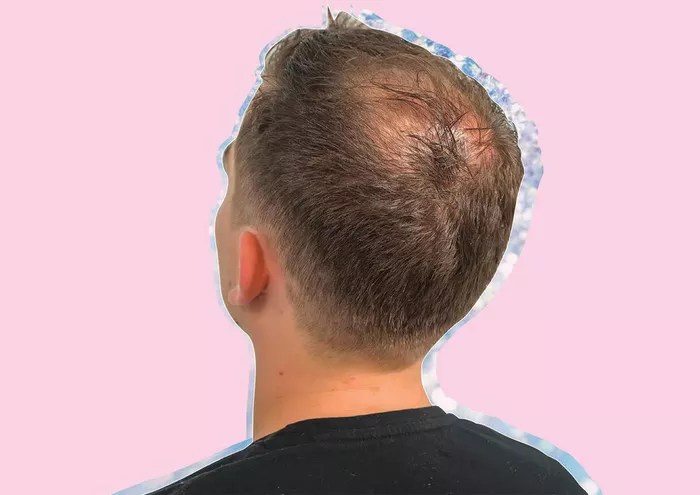Alopecia areata, an autoimmune disorder affecting hair follicles, has long puzzled both patients and medical professionals. The uncertainty surrounding its prognosis has left many wondering: does alopecia areata go away on its own? This article aims to unravel the complexities of this condition, exploring the factors influencing its natural course and potential for spontaneous remission.
Understanding Alopecia Areata
Autoimmune Nature: Alopecia areata is characterized by the immune system mistakenly attacking hair follicles, leading to hair loss. Understanding the autoimmune basis is crucial for evaluating the potential for self-resolution.
Variable Presentation: The condition manifests in diverse patterns, ranging from small, coin-sized patches (alopecia areata) to complete hair loss on the scalp (alopecia totalis) or even the entire body (alopecia universalis).
Onset and Triggers: Onset can occur at any age, and while the exact cause remains unclear, various triggers such as stress, genetics, and environmental factors are believed to contribute.
The Debate: Spontaneous Remission
Spontaneous Recovery Rates:
Studies have reported cases of spontaneous recovery, indicating that alopecia areata can, indeed, go away on its own. However, the frequency and extent of such remissions remain uncertain.
Factors Influencing Remission:
Age: Younger individuals may experience higher rates of spontaneous recovery.
Severity of Initial Episode: Mild cases may be more likely to resolve without intervention.
Duration of Hair Loss: The longer the duration, the lower the likelihood of spontaneous remission.
Unpredictability of Remission:
The unpredictable nature of alopecia areata poses challenges in predicting who will experience spontaneous remission, making it a topic of ongoing research.
The Role of Treatments
Topical Treatments: Corticosteroids and minoxidil are commonly used to stimulate hair regrowth in localized cases. Their effectiveness varies, and some individuals may see improvement without intervention.
Immunosuppressive Therapies: For more severe cases, immunosuppressive treatments like corticosteroid injections or oral medications may be prescribed to halt the immune system’s attack on hair follicles.
Experimental Therapies: Ongoing research explores novel treatments, including JAK inhibitors, which show promise in modulating the immune response and promoting hair regrowth.
Patient Perspectives
Emotional Impact: The psychological toll of alopecia areata is significant. Understanding patients’ emotional experiences sheds light on the urgency for effective treatments and the hope for spontaneous remission.
Quality of Life during Spontaneous Remission: Examining the quality of life for individuals who have experienced spontaneous remission provides insights into the potential benefits of such outcomes.
Case Studies and Clinical Observations
Documented Cases of Spontaneous Remission: A review of documented cases offers valuable insights into the patterns, timelines, and characteristics of natural recovery.
Long-Term Follow-Up Studies: Examining the long-term outcomes of individuals with alopecia areata provides a comprehensive understanding of the natural course of the condition.
The Importance of Early Detection and Intervention
Preventing Progression: Early detection and intervention may prevent the progression of alopecia areata to more extensive forms, increasing the likelihood of spontaneous remission.
Addressing Underlying Triggers: Identifying and addressing underlying triggers, such as stress or hormonal imbalances, may contribute to both spontaneous remission and improved treatment outcomes.
Conclusion
In conclusion, the question of whether alopecia areata goes away on its own remains complex and multifaceted. While spontaneous remission is a possibility, it is not guaranteed for every individual. Understanding the factors influencing remission, exploring the role of treatments, and considering patient perspectives contribute to a more nuanced view of this enigmatic condition. Future research holds the key to unlocking further insights into the mysteries of alopecia areata, guiding clinicians in providing optimal care and support for those affected.
Can I Get Hair Transplant Without Shaving Head
What Is The Difference Between Alopecia Areata And Androgenetic Alopecia

